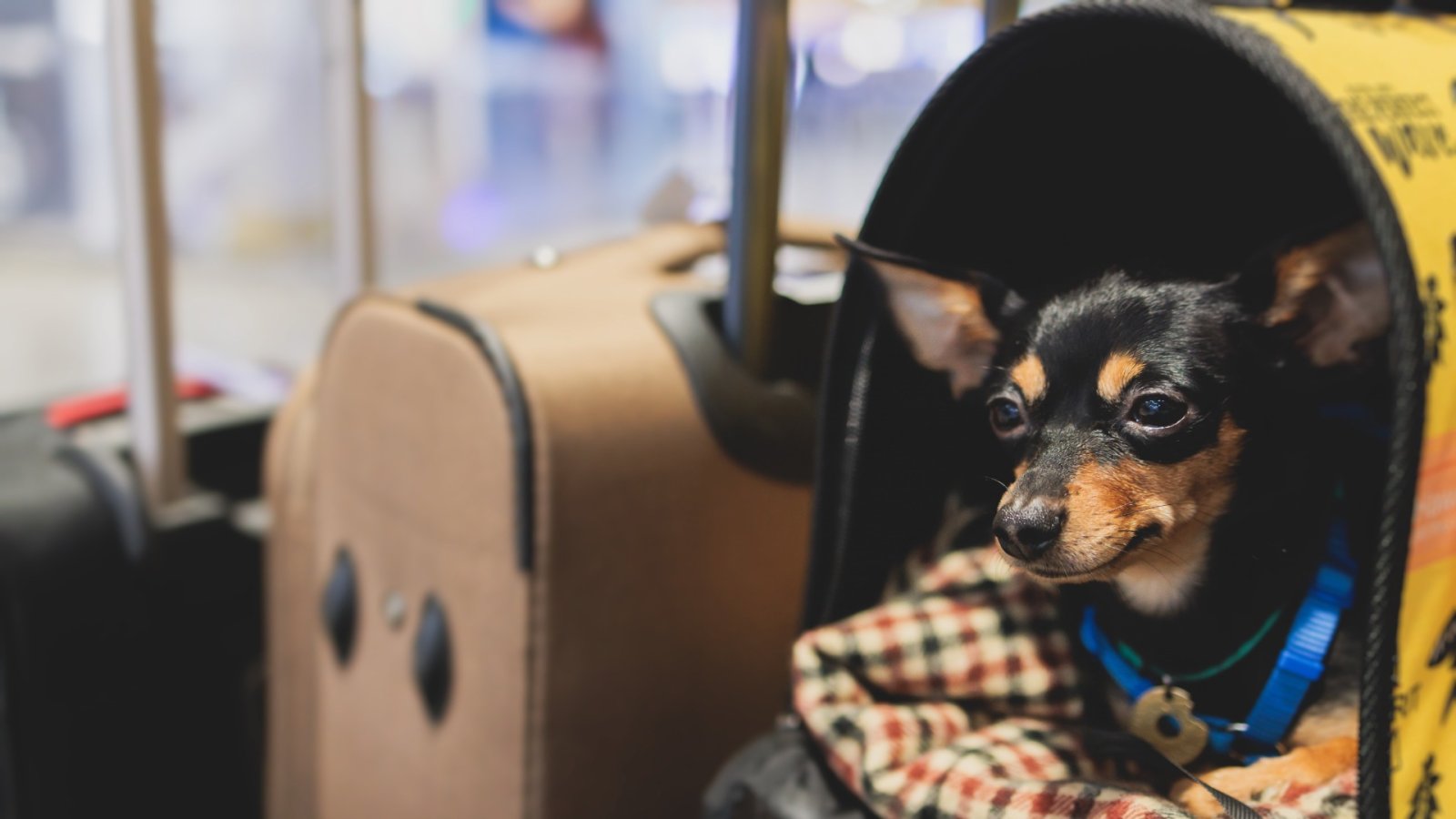Planning to travel with your pets? Whether you're hitting the road or taking to the skies, preparing ahead is key to ensuring a successful and pet-friendly vacation. Here are some helpful tips for driving or flying with your pets, along with a must-have pet first-aid kit for your journey.
How to Choose the Best Way to Travel with Your Pets
Whether it’s a road trip with your cat or flying with your dog, the best travel method depends on your pet’s unique needs. Some pets handle long car rides well, while others may experience motion sickness. On the other hand, certain animals might find traveling too stressful and may be more comfortable staying at home with a pet sitter. For example, many cats tend to prefer remaining in their familiar surroundings.
When deciding whether to travel with your pet, consider factors like your travel method, destination, and the length of your trip. Consulting with your veterinarian can provide valuable insight, especially if your pet has health issues, is older, or has an injury or temperament that makes travel difficult.
If you’re staying with family or friends, confirm in advance whether your pet is welcome. For hotel stays, parks, or campgrounds, ensure pets are allowed, and check if there are any weight or breed restrictions. It’s a good idea to reserve pet-friendly accommodations early, as these rooms may be limited.
Here are a few more helpful pet travel tips:
- Ensure your pet has proper identification, including a current tag and/or microchip. Along with the regular ID tag, attach a travel-specific tag to your pet's collar with details of where you’ll be staying during your trip.
- Carry a recent photo of your pet to assist in identification in case they get lost.
- Bring proof of rabies vaccination and a current health certificate, especially if you're crossing state lines or international borders.
- If your pet will be staying in the homes of friends or relatives who are uncomfortable leaving your pet loose, make sure your pet is crate-trained and bring a crate along for the trip.
- Give your pet some physical and mental exercise before you leave to help them relax during travel. There are also a variety of calming products, like wraps, sprays, and balms, that can help ease your pet's anxiety.
If your pet isn’t used to car rides and only associates them with trips to the vet, start by getting them comfortable with the car. Begin by simply opening the door and allowing your pet to sit inside while the car remains stationary. Offer tasty treats to create a positive experience. Once your pet is at ease, take them on short drives, gradually increasing the length of the trips to help them adjust. For your pet-friendly vacation, decide where your pet will ride during the trip. It's important to use harnesses, tethers, or carriers to secure them safely in the car. These accessories are widely available at most pet stores. If your pet isn't accustomed to being in a crate or carrier, begin crate training before expecting them to ride in it for long periods.
Dogs should not ride in the front passenger seat if it has an airbag, and they should never sit on the driver’s lap. Additionally, avoid letting your dog stick their head out of the window, as flying debris can injure their eyes, ears, or nose. If your dog will be riding in the bed of a truck, they should be safely confined in a protective, secured kennel.






